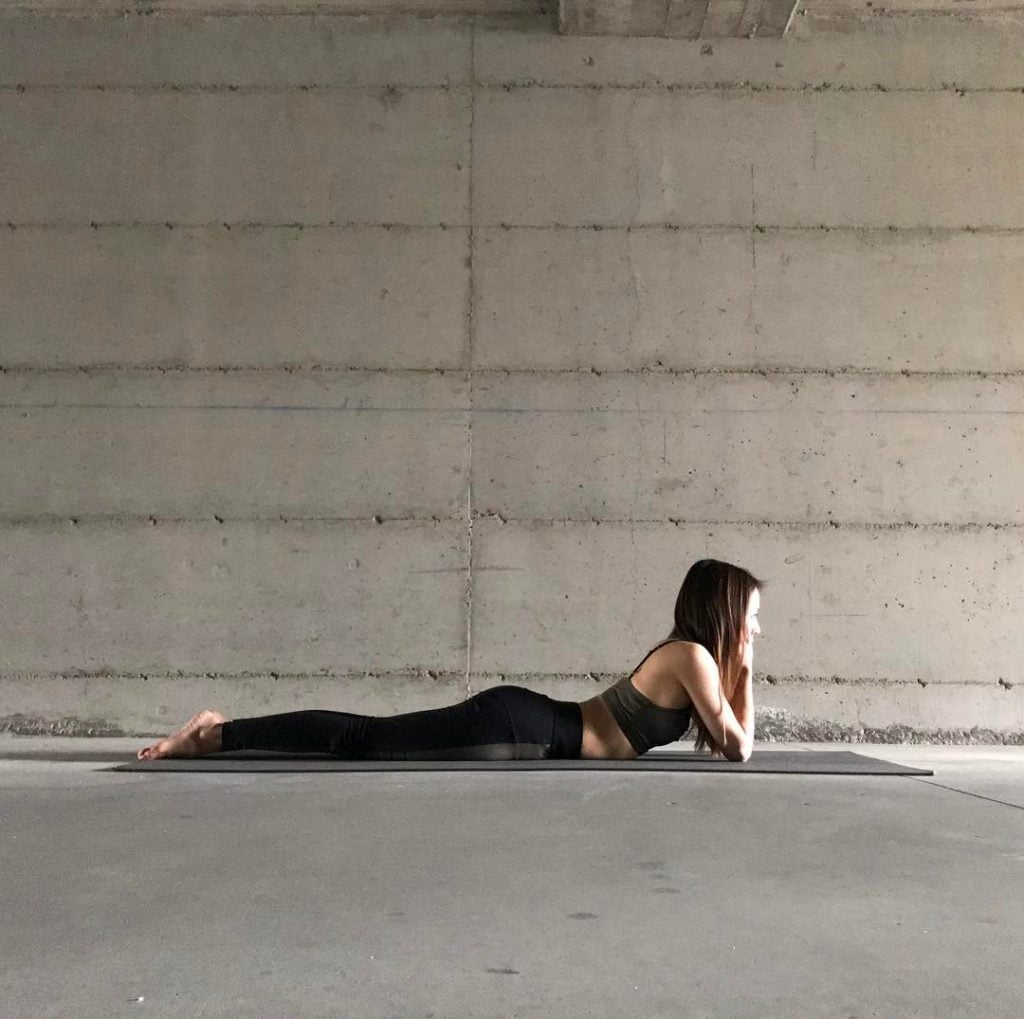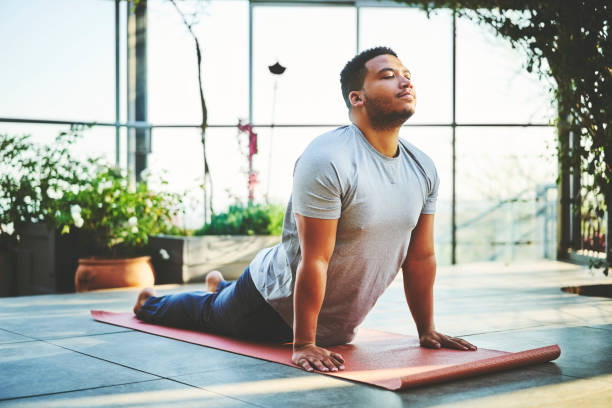
Back pain is one of the most common and disabling health issues in the modern world, yet often misunderstood and mismanaged. Spinal disorders like herniated discs and degenerative disc disease can disrupt every aspect of daily life, from movement to sleep. In this case study, we follow the journey of Anjali Verma, a dedicated school teacher whose life was upended by chronic back pain.
Despite medication and physiotherapy, her symptoms persisted until she discovered a therapeutic yoga program that not only eased her pain but also empowered her to take control of her spinal health. This is a story of resilience, the limits of conventional care, and the healing power of mindful movement.

Table of Contents
Patient Profile:
- Patient Name: Anjali Verma
- Age: 42
- Location: Delhi, India
- Occupation: School Teacher
The Onset of Pain:
Anjali Verma always led an active life. As a school teacher and mother of two, her days were full of movement and multitasking. But around her 40th birthday, she began experiencing persistent lower back pain that gradually worsened over time.
“I thought it was just poor posture or tiredness,” Anjali explains. “But the pain spread from my lower back to my legs, and I started feeling numbness in my toes. That’s when I knew something was seriously wrong.”
The Medical Journey:
Anjali consulted a doctor, a senior orthopedic specialist. After a detailed physical exam and medical history, the doctor ordered a series of tests to determine the root cause of her symptoms.
Diagnostic Tests Performed:
- MRI Scan of the Lumbar Spine: Showed a herniated disc at L4-L5, causing nerve compression.
- X-ray of the Spine (AP and Lateral): Revealed degenerative disc disease and mild spinal misalignment.
- Nerve Conduction Study: Indicated sciatic nerve irritation due to disc protrusion.
Diagnosis:
Lumbar Disc Herniation with Sciatica
Accompanied by early degenerative disc disease
The doctor prescribed a conservative treatment plan that included:
- Painkillers and anti-inflammatory medications (NSAIDs)
- Muscle relaxants
- Physical therapy
- Lifestyle adjustments (avoiding prolonged sitting, bending, and lifting)
Anjali experienced temporary relief, but the pain would return whenever she tried to resume daily activities. “I couldn’t sit for more than 20 minutes without discomfort. It was affecting my job, my mood, and even my sleep.”

The Turning Point: Discovering Yoga
Frustrated by recurring pain and limited mobility, Anjali started exploring long-term, non-invasive approaches. A friend recommended she try therapeutic yoga for spinal disorders. Skeptical yet hopeful, Anjali consulted Doctor, a certified yoga therapist with experience in musculoskeletal rehabilitation.
The doctor conducted a full postural and movement assessment and assured Anjali that with the right program and commitment, yoga could support her healing.
The Therapeutic Yoga Program:
The personalized yoga therapy plan focused on:
- Spinal alignment
- Core strengthening
- Nerve decompression
- Reducing inflammation and pain
- Mind-body integration to manage stress
Key Components of the Program:
Gentle Spinal Movements:
Core & Postural Strengthening:
- Setu Bandhasana or Bridge Pose
- Ardha Navasana or Half Boat Pose
Stretching & Decompression:
- Supta Padangusthasana or Reclining Hand-to-Big-Toe Pose
- Adho Mukha Svanasana or Downward Dog with support
- Viparita Karani or Legs Up the Wall
Breathwork and Relaxation:
- Dirgha Pranayama or Three-Part Breathing
- Anulom Vilom or Alternate Nostril Breathing
- Guided relaxation or Yoga Nidra
Sessions were held three times a week for the first two months, gradually transitioning into a self-practice routine with periodic check-ins.
The Progress and Recovery:
After 1 Month:
- Pain was reduced significantly by 40–50%
- Improved flexibility and mobility in the lower back
- Anjali was able to return to work part-time
After 3 Months:
- Completely off pain medications
- MRI showed reduced inflammation around the herniated disc
- Able to walk, drive, and teach without discomfort
After 6 Months:
- Regained full functionality
- Improved posture, core strength, and body awareness
- Practiced yoga independently 5 days a week
Life Today:
Anjali now advocates yoga among her colleagues and students, emphasizing spinal health through posture, awareness, and movement.
“Yoga gave me my life back,” she says. “I didn’t just heal my back — I healed my relationship with my body. I feel stronger, calmer, and more in tune with myself than ever before.”
Conclusion:
Anjali’s journey is a compelling reminder that healing is not always linear and that the body responds best when it is treated as a whole. Through medical diagnostics and expert guidance, she identified the root of her spinal disorder. But it was yoga that helped her reconnect with her body, build strength from within, and reclaim her quality of life. Today, she not only lives pain-free but also advocates for a more integrative approach to spinal care. Her story illustrates how yoga, when practiced mindfully and under professional supervision, can be a life-changing ally in the recovery and long-term management of spinal disorders.
Reference Article:
- Yoga Poses for Degenerative Disc Disease
- Yoga for Spine Health
- Benefits Of Yoga For Your Spine Health
- Sadhguru on Hatha Yoga and Spinal Health
- Yoga for Lumbar Spondylosis: A Comprehensive Guide




